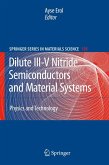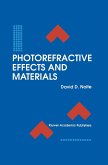The study of semiconductor heterostructures started more than forty years ago. In the 1980s this area of research moved to the forefront of semiconduc tor physics, largely due to progress in growth technologies which are now capable of producing ultrathin layers (up to a few monolayers) of different semiconductor materials. The availability of structures with nearly ideal, well-controlled properties has made semiconductor heterostructures a test ing ground for solid-state physics. These structures have had a profound impact on basic research in semiconductor physics by opening new possibil ities for studying low-dimensional electrons, as well as the atomic and elec tronic properties of interfaces. Semiconductor heterostructures have also a variety of important practical applications: they provide a material basis for a number of novel devices, and also open the way for improving the operating characteristics of traditional micro- and optoelectronic compo nents. As a result of thegrowing importance of heterostructure physics, more and more people are entering this dynamic field, either from graduate school or from other areas of research. For the new entrants, the task of familiariz ing themselves with the vast body of existing knowledge about heterostruc tures has become quite a challenge, due to the rapid development of the field and its increasing subdivision into distinct subfields. Even for those who already work in one area of heterostructure physics, keeping up with the developments in neighboring areas is not an easy task. The purpose of this book is to make heterostructure physics more accessible.








